
AeroGenie: il tuo copilota intelligente.
Tendenze
Categories
Pratt & Whitney Marks 100 Years of Military Engine Innovation
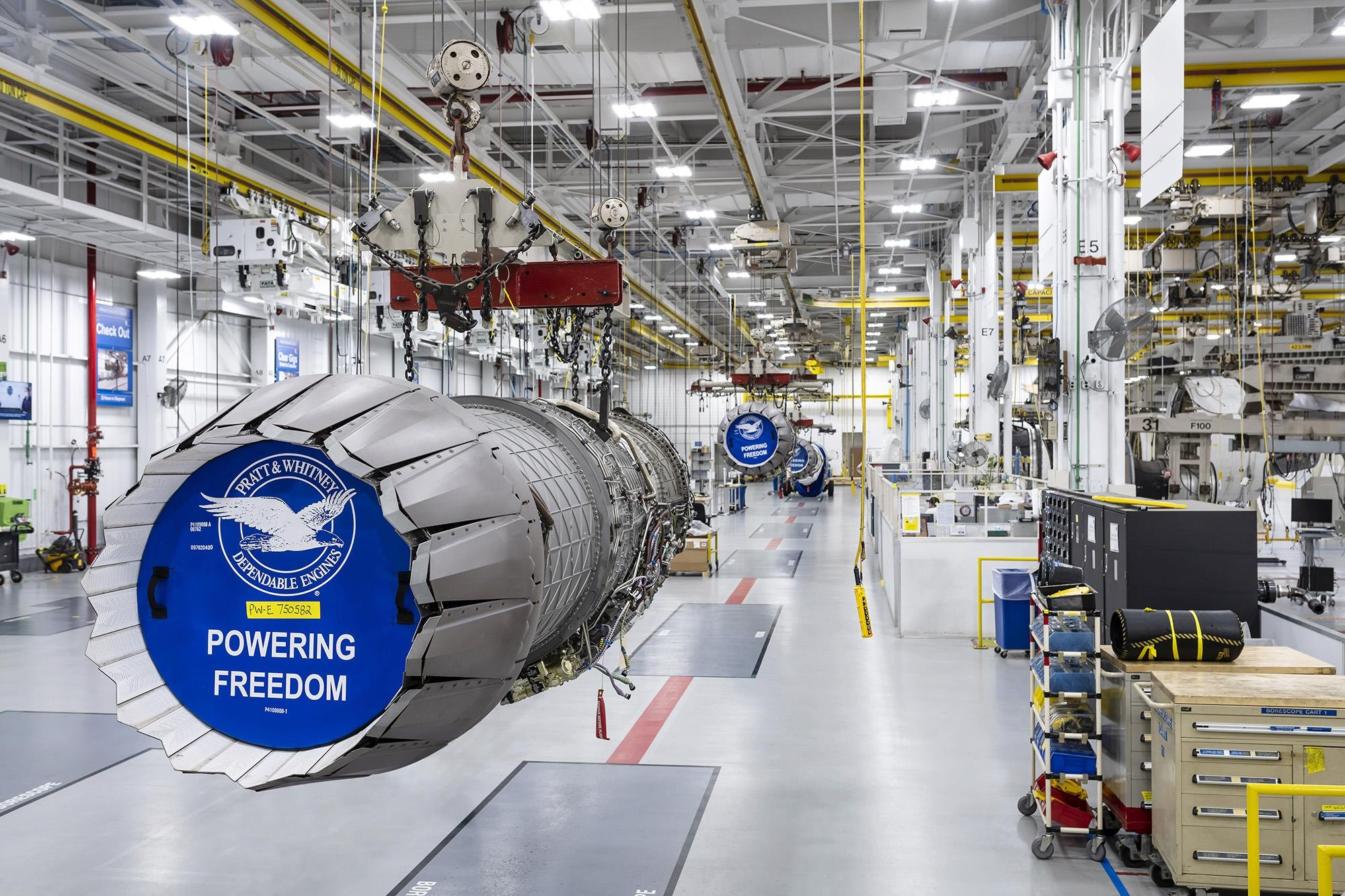
Pratt & Whitney Marks 100 Years of Military Engine Innovation
On December 24, 1925, Pratt & Whitney completed the R-1340 Wasp engine, a pioneering lightweight, air-cooled radial design that established new benchmarks for horsepower and reliability. This engine powered the initial generation of US Navy carrier-based aircraft, ushering in a transformative era in military aviation. A century later, Pratt & Whitney remains at the forefront of military propulsion technology under the leadership of Jill Albertelli, president of Pratt & Whitney Military Engines, supported by a global workforce committed to advancing tactical, strategic, and mobility aircraft for the United States and its allies.
Over the past hundred years, Pratt & Whitney engines have been integral to numerous major military conflicts, earning a distinguished reputation for performance and dependability. Currently, more than 7,500 Pratt & Whitney military engines are operational across dozens of armed forces worldwide, underpinning air superiority across a broad spectrum of platforms.
The company’s contemporary military engine portfolio includes the F135, which powers the Lockheed Martin F-35 Lightning II; the F119, used in the F-22 Raptor; the F100, which propels the Boeing F-15 and Lockheed F-16; the F117, designed for the Boeing C-17 Globemaster III; the TF33, employed in the Boeing B-52 Stratofortress; and the F139, the military designation for the PW4000 engine, which powers the Boeing KC-46A Pegasus tanker. Albertelli highlights the breadth of their capabilities, noting that their engines deliver thrust ranging from 150 to 50,000 pounds, powering everything from munitions to bombers, tankers, fighters, and transport aircraft. She emphasizes that today’s fleet benefits from the accountability of past employees and the dedication of current teams striving to maintain propulsion as a competitive advantage in a rapidly evolving global landscape.
Milestones and Market Challenges
This centennial year also marks significant milestones for several Pratt & Whitney engines. The F100 engine, which powered the inaugural flights of the F-15 Eagle and F-16 Fighting Falcon more than five decades ago, has now accumulated over 30 million flight hours—nearly three times that of other fourth-generation fighter engines. Its modular design and exemplary safety record have established it as a cornerstone for more than 23 air forces, with current production engines supporting advanced variants such as the F-16 Block 72 and F-15EX.
The F119 engine, which powers the F-22 Raptor, was the first operational fifth-generation fighter engine, integrating stealth features, vectored thrust, and a high thrust-to-weight ratio. It enabled the F-22’s “supercruise” capability, allowing sustained supersonic flight without afterburners, thereby enhancing combat performance without compromising range. The F119 served as the foundation for the F135 engine, which now powers the F-35 Lightning II. Collectively, these engines have amassed nearly two million combat-proven flight hours, positioning Pratt & Whitney as the sole manufacturer of operational fifth-generation fighter engines.
As the aerospace industry increasingly prioritizes efficient and sustainable propulsion technologies, Pratt & Whitney faces new challenges in maintaining its competitive edge. The transition from established products such as the Geared Turbofan (GTF) engine to next-generation innovations will be critical. The company’s commitment to advancing in-house manufacturing capabilities, exemplified by its Asheville facility, will be tested as it seeks to scale production to meet growing global demand. Concurrently, competitors are accelerating their own advanced propulsion programs, intensifying the race for technological leadership in military aviation.
Despite these challenges, Pratt & Whitney’s century-long legacy of innovation, coupled with its focus on reliability, power, and adaptability, continues to define its pivotal role in shaping the future of military flight.
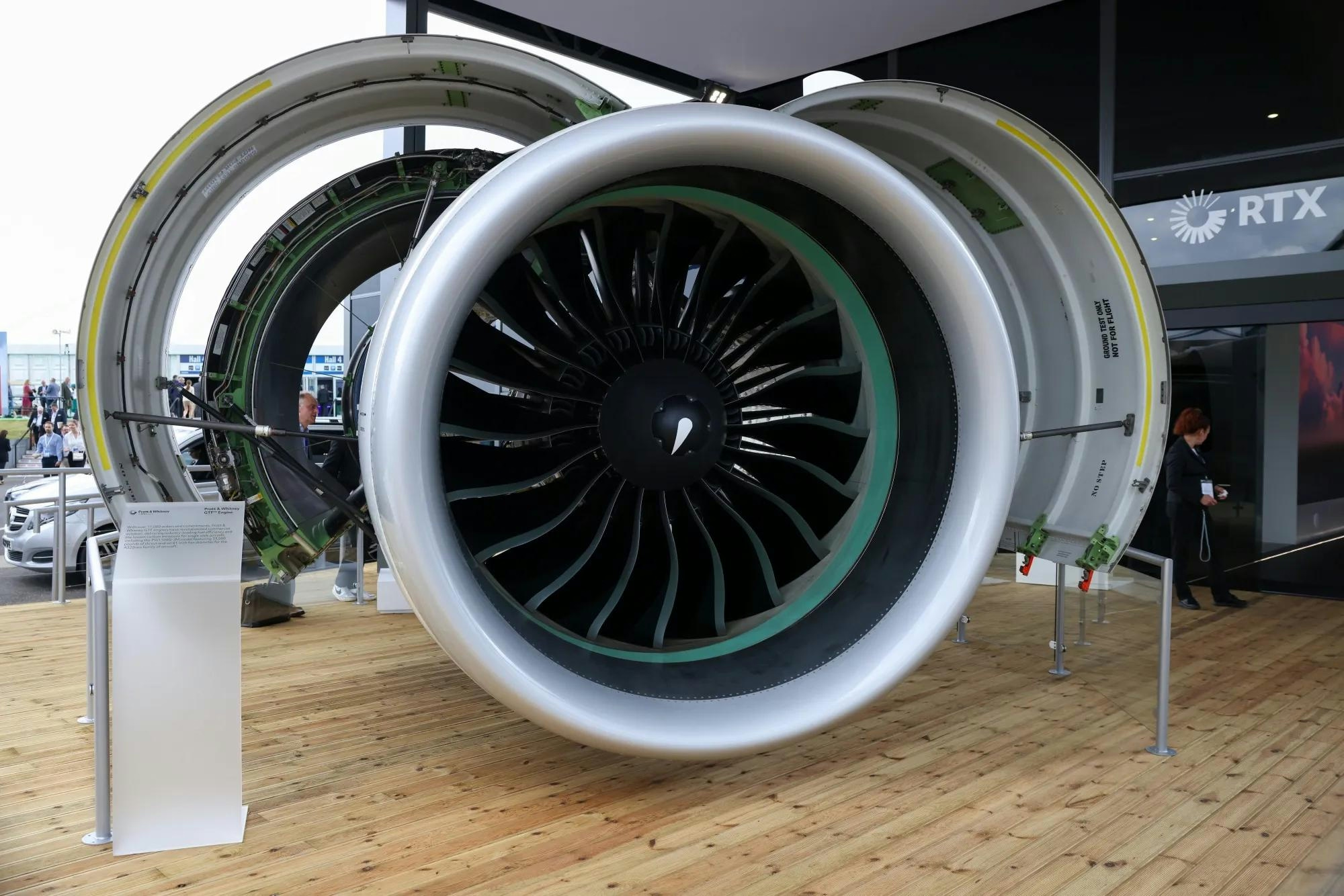
Spirit Signs Agreement with Pratt & Whitney Units on Aircraft Engines

ADB SAFEGATE Receives Industry Awards for Marketing, R&D, and Social Impact

GA Telesis Secures Five-Year Landing Gear Overhaul Agreement with Major U.S. Carrier

Government Strengthens Aviation Safety Framework Amid AI-171 Investigation
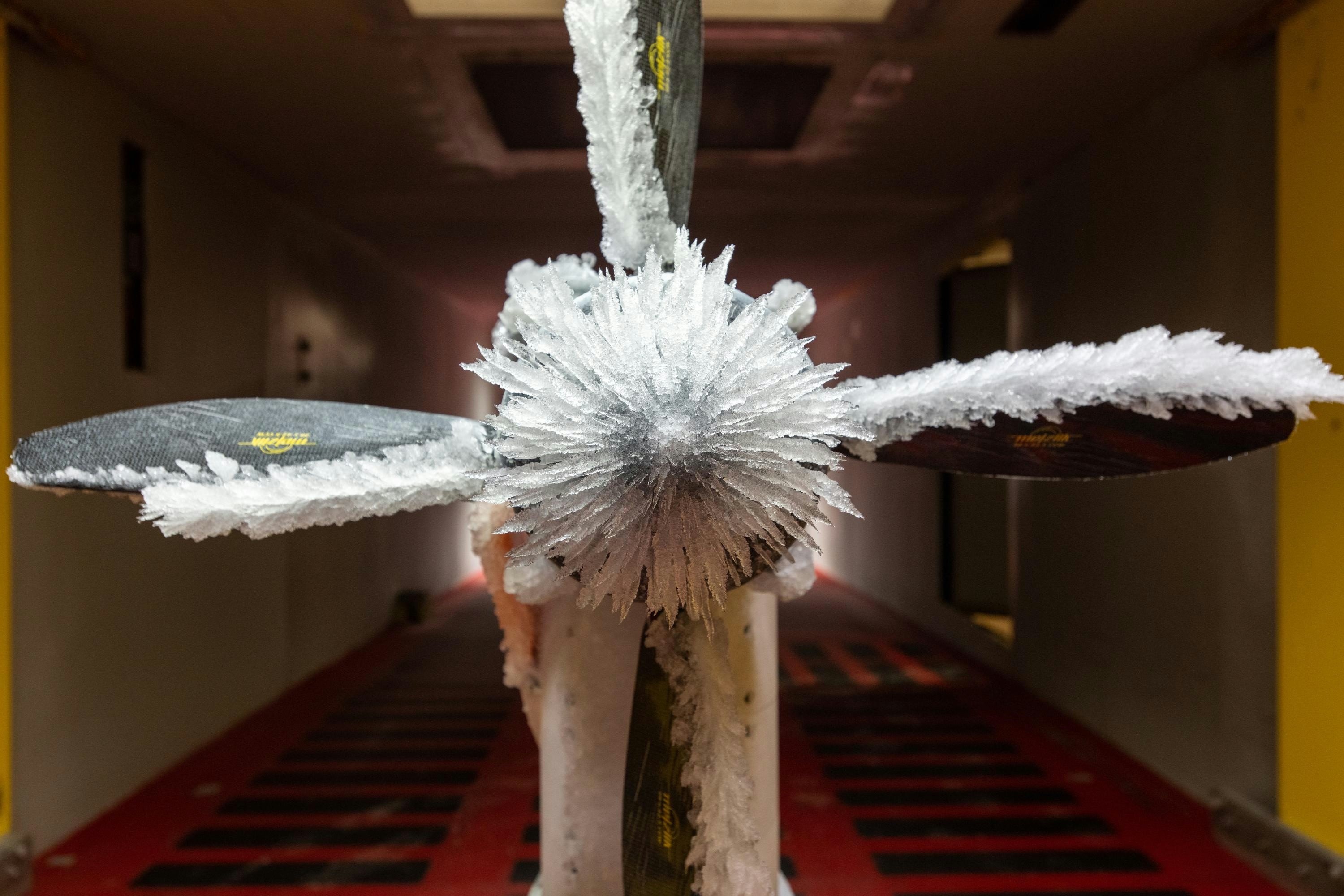
NASA Software Raises Bar for Aircraft Icing Research

Dans and Emirates Aviation University Partner on AI Air Traffic Management Research
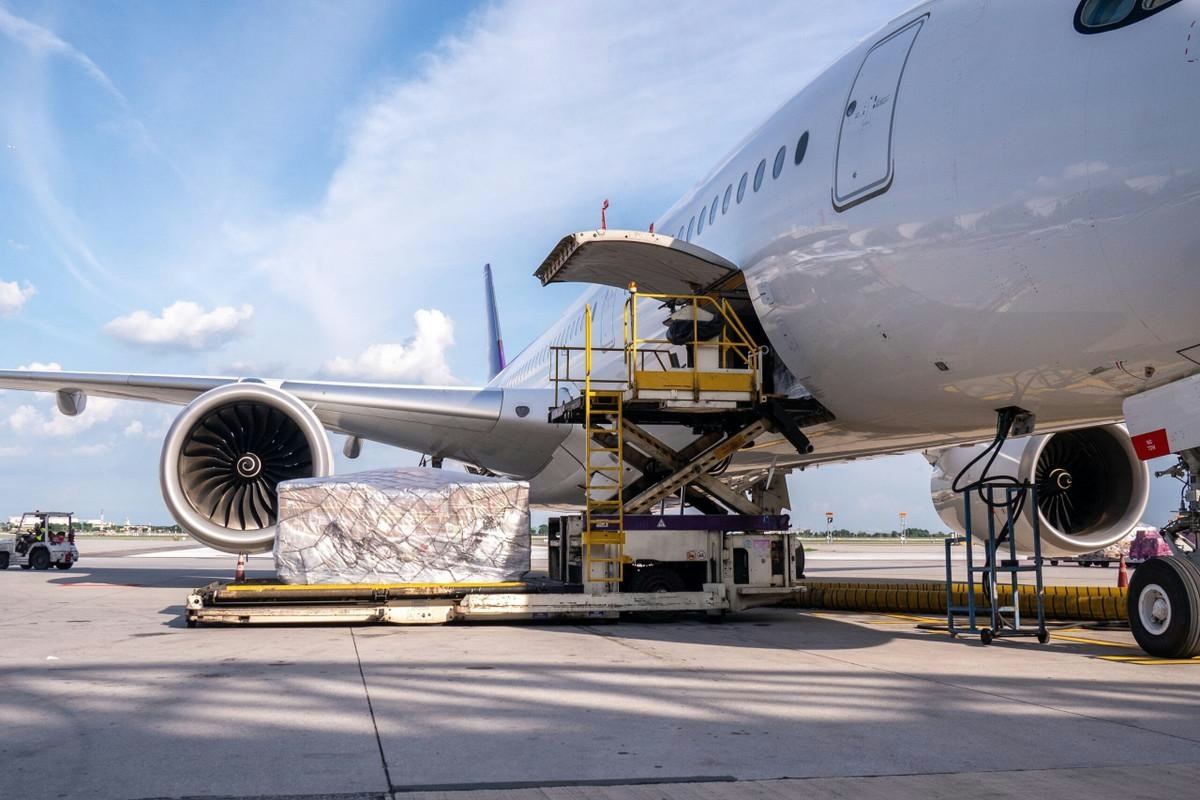
Nigus and AXISCADES to Develop Nigeria’s First Major Aviation MRO Hub
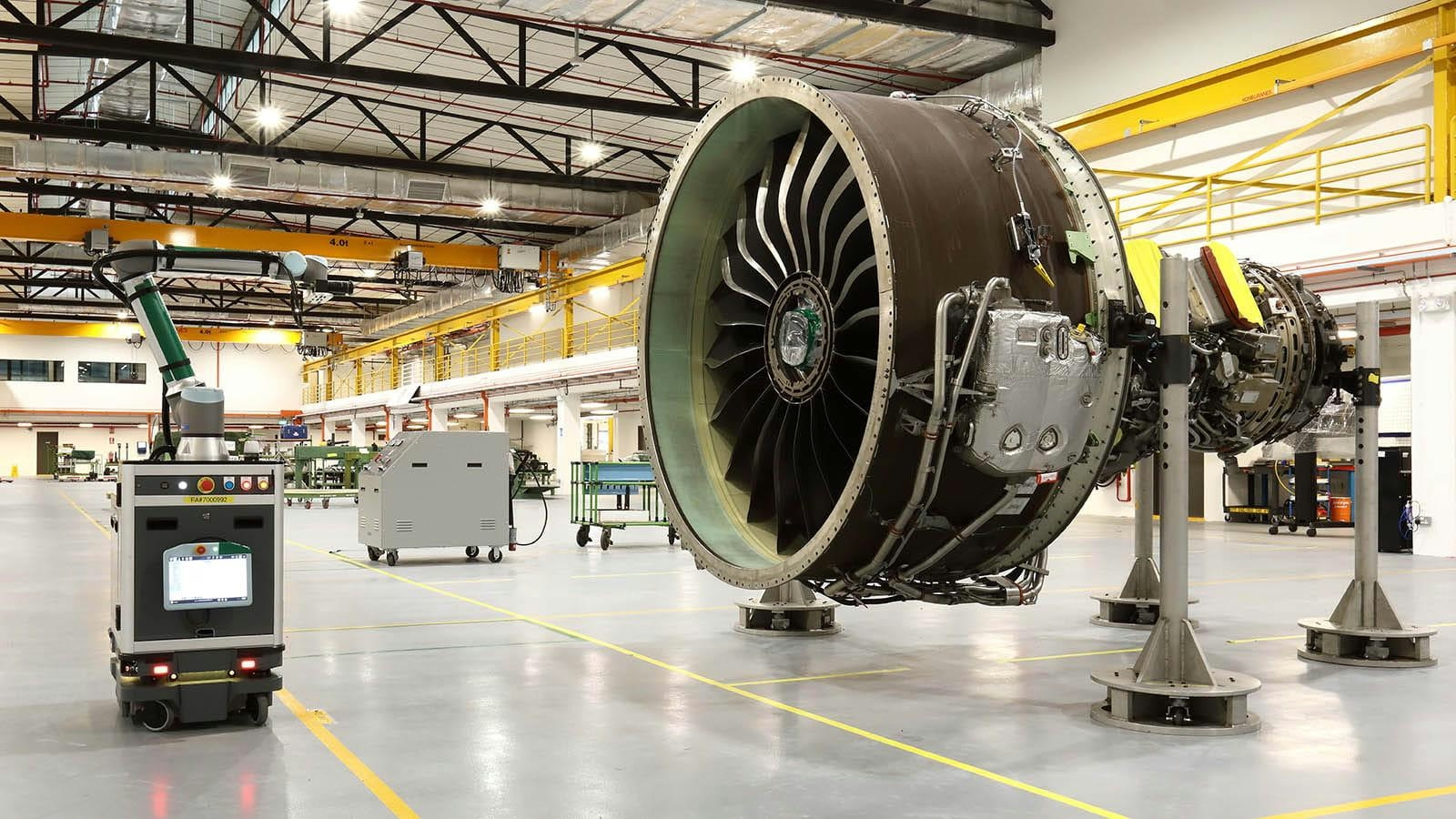
Commission Unveils Industrial Strategy for Aviation Sector
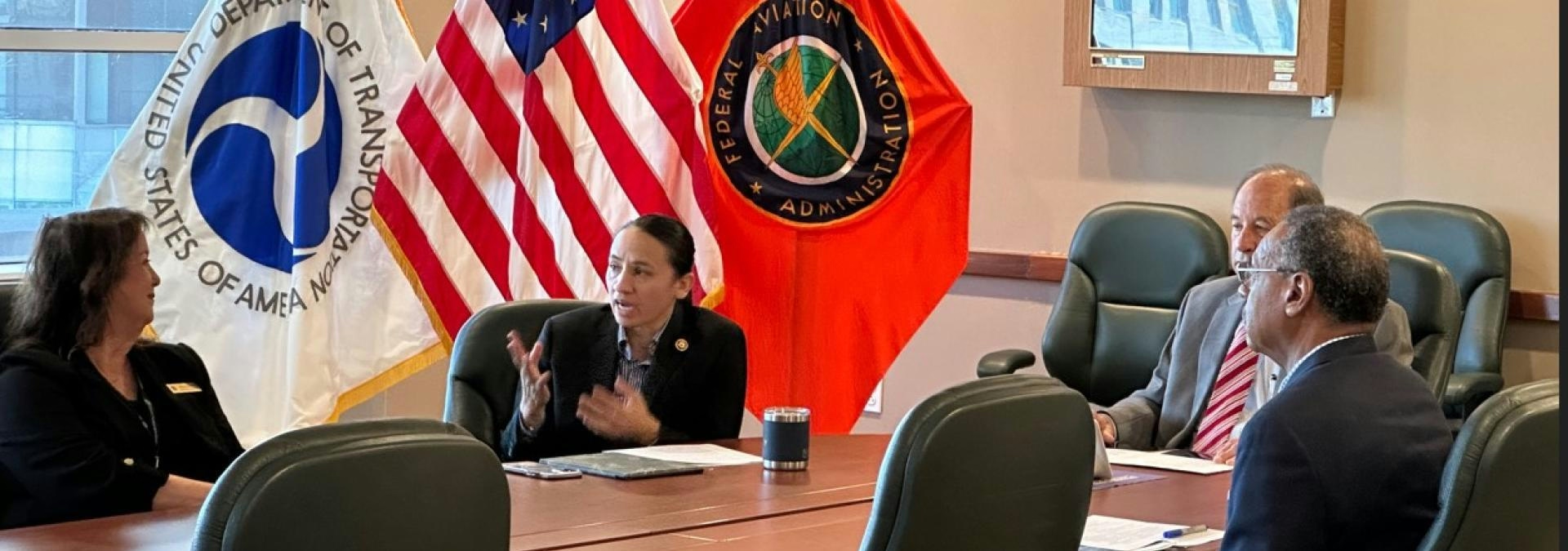
Congressional Committee Expresses Bipartisan Support for Advanced Air Mobility
